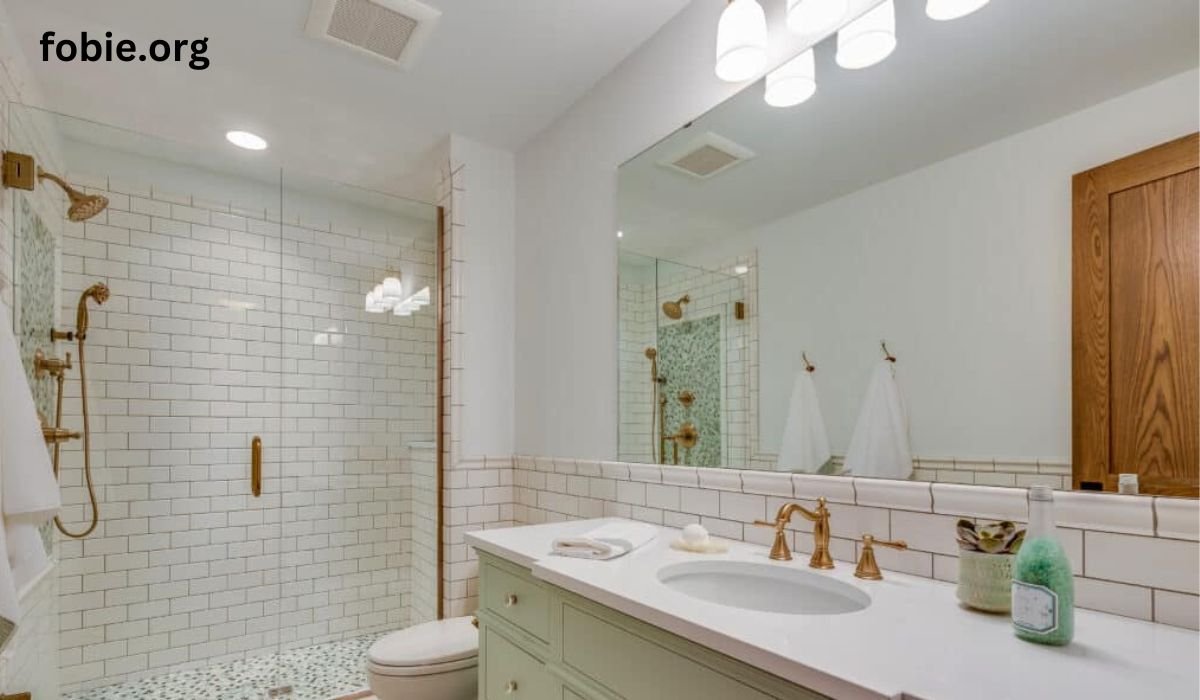Key Takeaways
- A tub-to-shower conversion can significantly enhance the functionality and aesthetics of your bathroom.
- Planning is crucial, from choosing the suitable materials to ensuring you have the proper permits.
- Understand the pros and cons of a DIY conversion versus hiring a professional contractor.
- Learn how to make the most of your new shower space with innovative design ideas and storage solutions.
Table of Contents
- Benefits of Tub-to-Shower Conversion
- Planning Your Conversion
- Choosing the Right Materials
- DIY vs. Professional Installation
- Design Ideas for Your New Shower
- Maximizing Storage in Your Shower Space
Benefits of Tub-to-Shower Conversion
Switching from a tub to a shower isn’t just a trend; it’s a functional upgrade that can transform your daily routine. Not only does a shower take up less space, but it can also be more accessible for people of all ages and abilities. This upgrade is particularly beneficial for elderly residents or those with limited mobility, as it eliminates the need to step over a high tub wall. Additionally, showers conserve water compared to baths, making this switch an environmentally friendly choice. This could be the perfect solution if you’re looking for a way to modernize your bathroom while adding convenience and value. Instead of a traditional bathtub that requires a large volume of water to fill, showers provide a quick and efficient way to get clean, conserving both time and natural resources.
Planning Your Conversion
Proper planning can distinguish between a smooth project and a stressful ordeal. First, decide on the layout and style of your new shower. Do you want a sleek, modern look or a rustic, spa-like feel? Research the necessary permits and codes in your area, which can vary significantly depending on your location. Architectural Digest says well-planned tub to shower conversions can dramatically enhance your home’s value. Checking resources like HouseLogic can provide you with detailed planning tips and guidelines. When planning your new shower layout, measure your space accurately and consider existing plumbing. Having a clear idea of your design and practical needs can prevent costly mistakes later. Also, include a contingency budget for unexpected expenses, such as discovering hidden mold or needing additional plumbing work. Additionally, make a timeline for your project to ensure each conversion phase is handled promptly, minimizing disruptions to your daily life.
Choosing the Right Materials
Materials are the backbone of any remodel. You’ll want something durable and easy to clean when it comes to showers. Tiles, fiberglass, and acrylic are popular choices. Consider the look and longevity of each option. For instance, tiles offer a customizable look but may require more maintenance due to grout lines. Fiberglass is a low-maintenance option that’s easy to install, although it might not provide the same visual appeal as tiles. Acrylic is another versatile choice, offering a balance between aesthetics and functionality.
Additionally, non-slip flooring options and moisture-resistant backer boards can enhance safety and durability. The selection of materials can also impact your project’s overall time and cost, so weigh your options carefully. When selecting materials, consider their eco-friendliness. For instance, some tiles are made from recycled materials, and water-efficient fixtures can further enhance your bathroom’s sustainability.
DIY vs. Professional Installation
Should you tackle the project yourself or hire a pro? This depends on your skill level, budget, and project scope. While a DIY approach can save money, it can also be time-consuming and risky if not done correctly. To ensure a successful outcome, you’ll need a clear understanding of plumbing, tiling, and waterproofing techniques. On the other hand, professionals bring expertise and efficiency but at a higher cost. They are familiar with local building codes and can handle unexpected challenges more effectively. If you choose the DIY route, ensure you have all the necessary tools and a detailed plan. For those less confident in their hand-person skills, hiring a professional contractor can provide peace of mind and ensure the renovation meets all safety standards. Ultimately, your decision should balance your confidence in handling the project and the complexity of the conversion. Remember that hiring a professional can often result in a higher-quality finish, which can be crucial if you plan to sell your home.
Design Ideas for Your New Shower
Once the practicalities are sorted, get creative with the design. Frameless glass doors can offer a sleek, modern look and make the space appear larger. Built-in benches and shelves add convenience without sacrificing style, providing a place to sit or store toiletries. Consider installing a rainfall showerhead for a luxurious touch, or add body jets for a spa-like experience. Incorporate elements like LED lighting and plants to create a relaxing, inviting atmosphere. Natural materials like stone and wood can add warmth and texture to your design. Websites like Pinterest and design blogs are excellent sources for gathering inspiration and seeing what trends resonate with your style. Whatever your preferences, make sure your design choices align with your practical needs and budget constraints. Another innovative design idea is to integrate smart technology into your shower space. This can include features like digital temperature controls, Bluetooth speakers for music, and even intelligent glass that can change from transparent to opaque for added privacy.
Maximizing Storage in Your Shower Space
Storage is often an afterthought, but it’s crucial for a functional shower. Built-in niches are ideal for holding shampoos and soaps, keeping them off the floor and within easy reach. Corner shelves and caddies can also add space without cluttering, making them an excellent option for more minor showers. Think vertically and maximize your shower’s height by installing hooks or rods for hanging towels and loofahs. Custom cabinets or hanging baskets can further enhance storage options without compromising style.
Additionally, integrating hidden storage can keep the area tidy and organized, allowing for a streamlined look. Proper planning and innovative solutions can help you maximize the utility and aesthetics of your shower space. Consider using waterproof and mold-resistant materials for storage areas to ensure they remain clean and hygienic over time. With the proper storage solutions, you can make even a tiny shower space functional and clutter-free.











